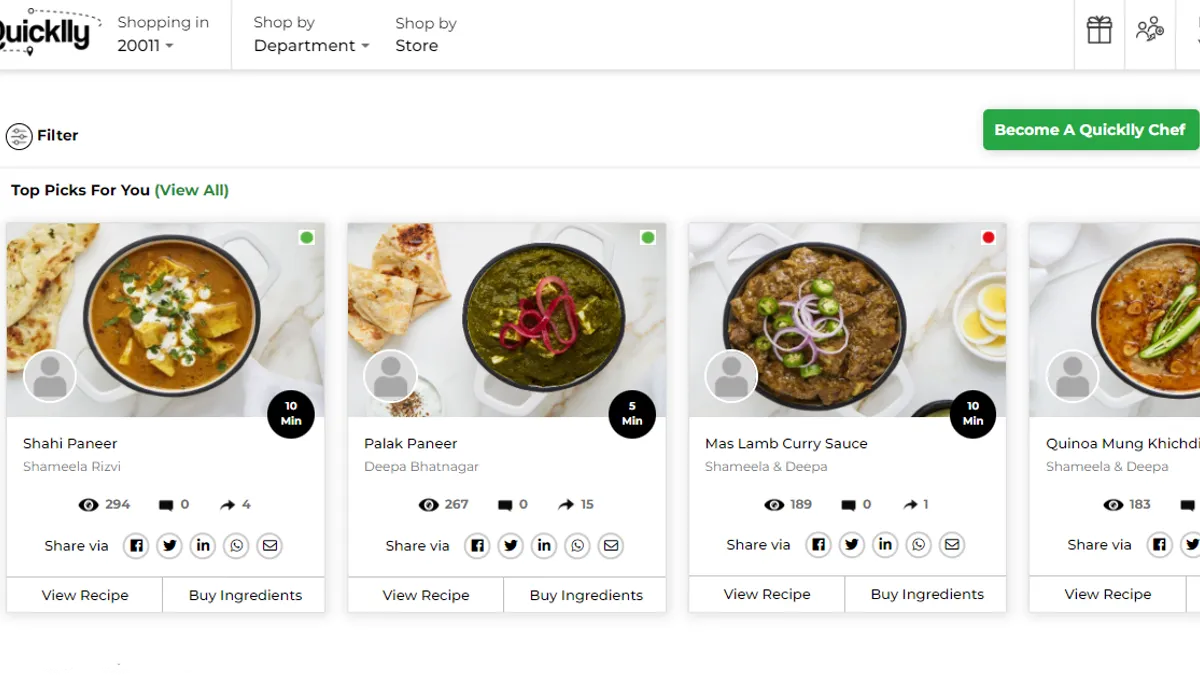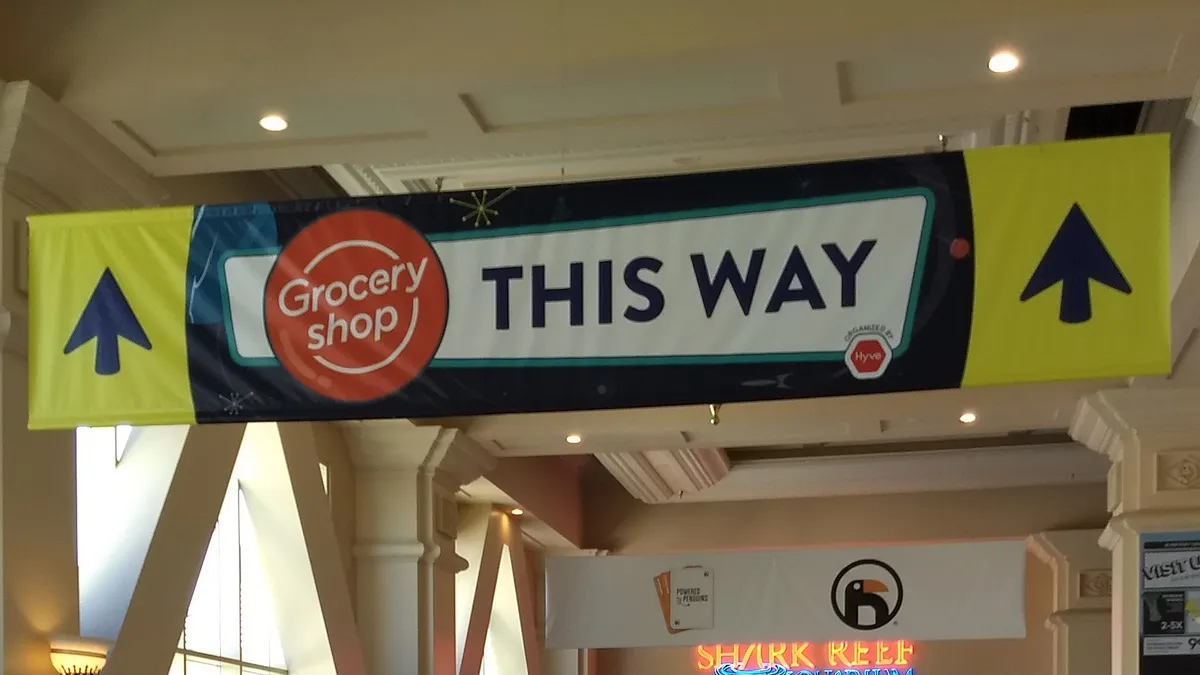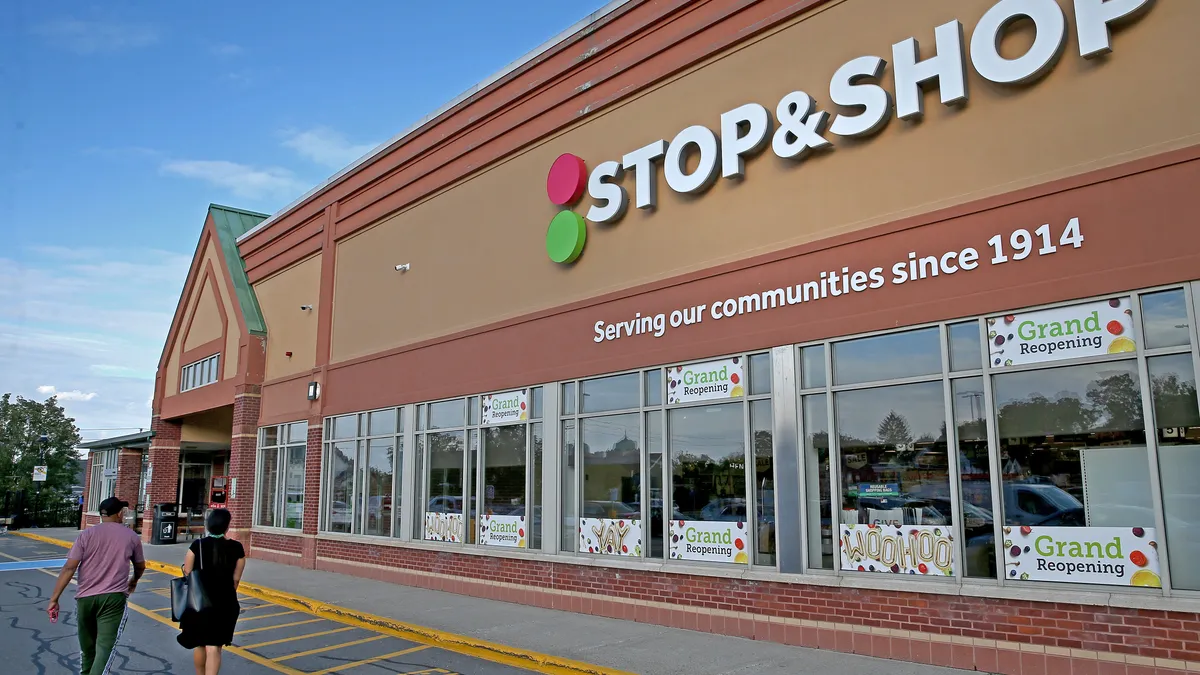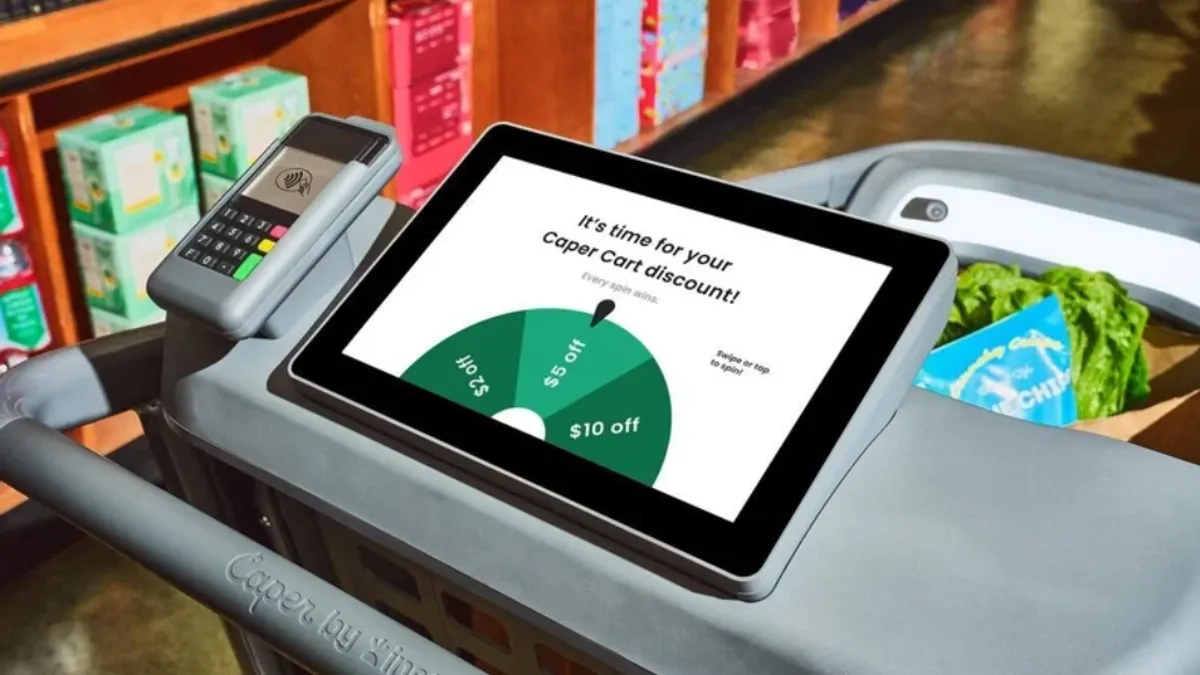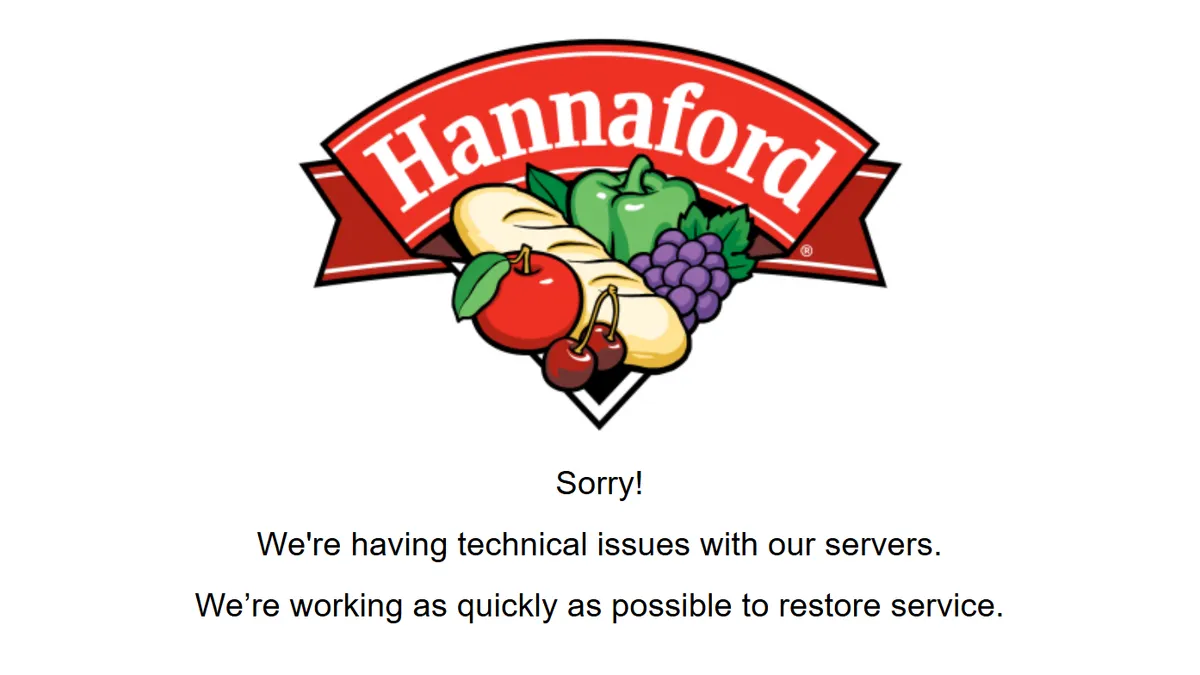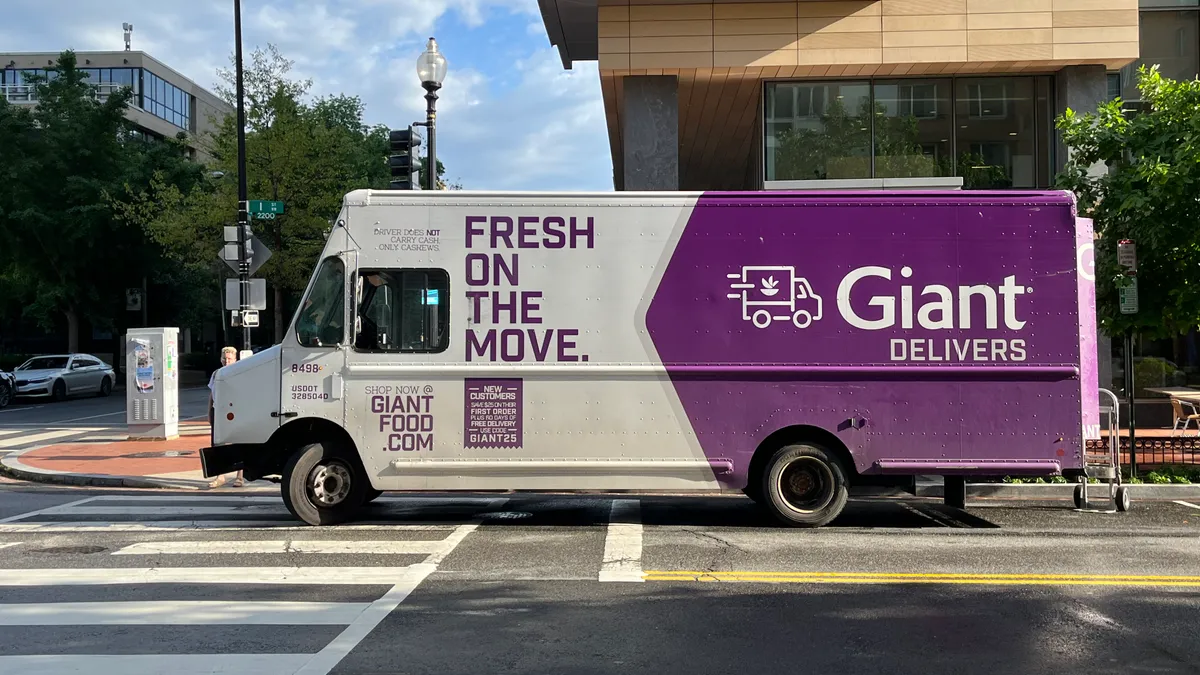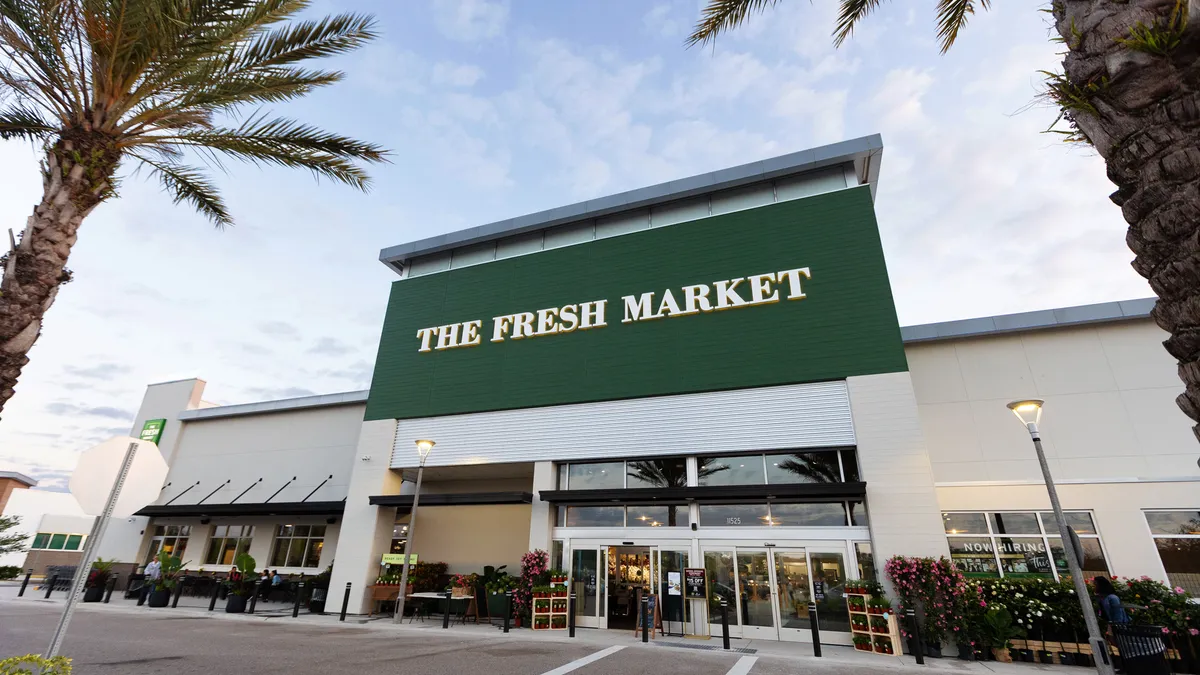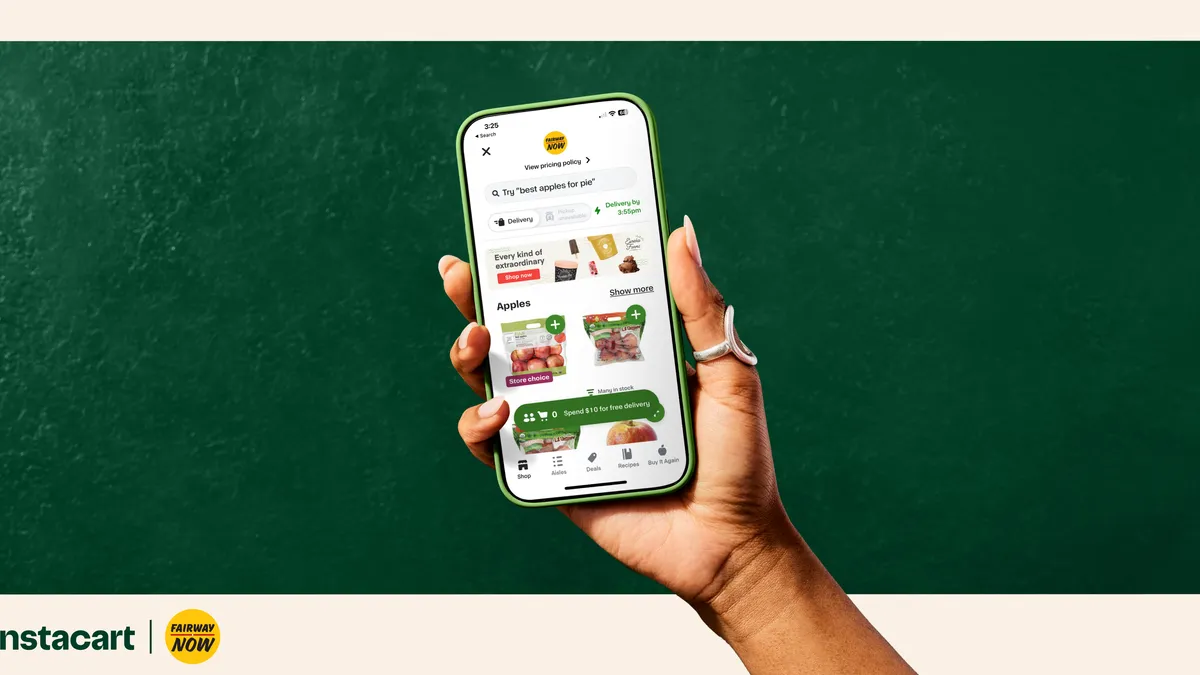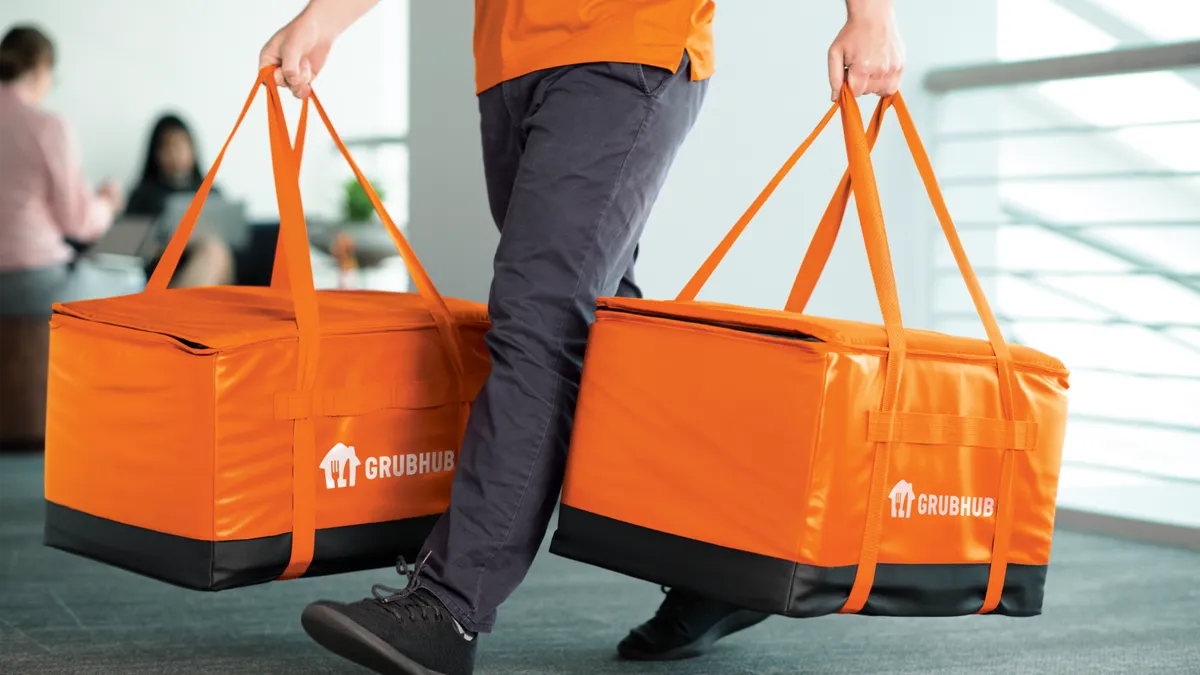As online shopping has grown, retailers ranging from Walmart to The Fresh Market have adopted shoppable recipes as a way to join meal inspiration with digital functionality. In addition to shoppable buttons on partner recipe sites, companies are putting add-to-cart recipes on their own digital platforms, including social media and livestream channels.
These strategies are evolving, but for online grocers specializing in ethnic cuisine that thrives on social communities, culinary education and being able to customize a wide range of dishes, shoppable content has taken on inventive new forms.
Allowing users to post their recipes and get feedback from the online community has been one approach companies like Weee have taken. Food marketplace Quicklly launched a program that pays users for shoppable recipes they upload to its platform whenever someone clicks through and buys the ingredients.
Along with prominently featuring shoppable recipes on their websites and apps, ethnic e-grocers are also using shoppable recipes to encourage customers to interact with each other.
Here are a few examples of how these online grocers are turning up the heat on shoppable content.
Weee: Making shoppable video contests a part of the "social flywheel"
E-grocer Weee, which sells Asian and Hispanic food, has been focused on social commerce since its founding and sees shoppable recipes as part of its "social flywheel."
As the California-based company grows its assortment, it wants people to get excited about sharing products, which in turn will inspire other shoppers to try them out, Amanda Oren, Weee's vice president of merchandising services and planning, previously told Grocery Dive.
To help do that, Weee is ramping up user-generated recipes and cooking content on its app to not only encourage interactions between customers but also to help educate them — especially its growing base of second- and third-generation shoppers who may be unfamiliar with certain ingredients and recipes.
Shoppers on Weee's site or app can favorite shoppable videos or individual ingredients. Users can also share the content, write comments and view more from the person who posted it.
The e-grocer's app has shoppable videos on individual product pages and in the “Community” part of its app, where users can find content uploaded by other users or by Weee. In that “Community” section, users can find limited-time, themed contests for shoppable videos, with gift cards offered as prizes ($5 for every featured video and $20 for five winners selected by Weee).
Weee has run two dozen contests since mid-October with a variety of themes, including pet treats, Halloween and baking. Popular ones have included “Lunar New Year," which had 455 posts with 4,100 views and “2021 Reflections & New Year Celebrations," which prompted 481 posts and 2,000 views.
Umamicart: Encouraging twists to traditional recipes
Asian e-grocer Umamicart, which focuses on a curated assortment of products, sees an opportunity to use shoppable recipes to not only help people cook and plan meals, but also to drive product discovery, particularly small-batch or artisanal brands, said Andrea Xu, its co-founder and CEO.
“We do have some recipes that are a little bit more complex, but typically we go for simple, easy-to-make and that really aligns with the customer that we're serving: someone [who] doesn't really have a ton of time but wants to make something that they really love to eat," Xu said, noting Umamicart puts new recipes on its site on a monthly basis.
By giving people options among traditional and newer brands, the New York-based e-grocer, which debuted last spring, is encouraging customers to put their own twist on dishes, Xu said.

The company is also using marketing emails with shoppable recipes to spotlight a variety of brands. For example, in a marketing email in February, Umamicart had a shoppable recipe button for tteokbokki, a popular Korean dish of chewy rice cakes, with a GIF showing how to make it with a button below it to “Shop Umamicart’s Version." Readers who clicked on the button got redirected to the recipe page on Umamicart, which includes a video of it being made, directions, the spiciness level and product recommendations for the ingredients with the option to add them all at once or individually to the cart.
The email also invited people to "keep scrolling to make your own," with the rest of the email containing product recommendations for “recipe essentials," add-on items and a "Shop All" button that redirected to Umamicart's homepage.
Umamicart sent a similar email around the Vietnamese Lunar New Year focused on thit kho, a famous Vietnamese dish featuring pork belly.

Umamicart is aware that some of its customers didn't grow up eating Asian foods but now want to learn how to cook Asian cuisine.
"We really see the popularity of Asian cuisine expanding well beyond people that have grown up eating it," Xu said.
Quicklly: Cooking up recipe submissions
As the focus on user-generated content grows, online South Asian food marketplace Quicklly has provided monetary incentives for people who submit shoppable recipes, said Quicklly co-founder Keval Raj.
The startup, which sells its own products for nationwide shipping and also serves as a platform for stores to sell groceries and food for local delivery, rolled out "Quicklly Masterchef" in August 2021, allowing people to submit recipes for a commission (cash or rewards points) whenever someone buys ingredients from their recipe, Raj said.
The recipe submissions fall under labels like “30 minutes or less,” “make ahead” or “healthy" along with recipes for holidays like Eid, Diwali or Easter. The recipes go through an approval process by Quicklly before they get posted.
Customers shopping a recipe can add ingredients from multiple stores or from Quicklly's selection for nationwide shipping to their cart for a single checkout. On the back end, Quicklly uses product mapping that relies on geo-fencing to find stores within 20 miles of a user's ZIP code and then suggests products based on where they are sold at the lowest price, Raj said. Quicklly uses its technology to combine order fulfillment of items from several stores into one delivery, Raj said, noting the company benefits from its grocery partners often having stores near each other.
Quicklly has paused taking new Masterchef recipes as it looks to optimize the existing ones. Ultimately, the company is working to build a pipeline for shoppable recipes and content that includes influencers and recipe bloggers, Raj said.
As Quicklly looks to expand geographically in the U.S., it's finding that shoppable recipes complement its same-day delivery services for its grocery partners and have also boosted its line of sauces for nationwide shipping, Raj said.
While the marketplace has focused on targeting South Asian consumers, its new partnership with Instacart greatly expands its reach, bringing a potential need for content geared toward new consumers who may not be as familiar with certain ingredients and terminology, Raj said.



